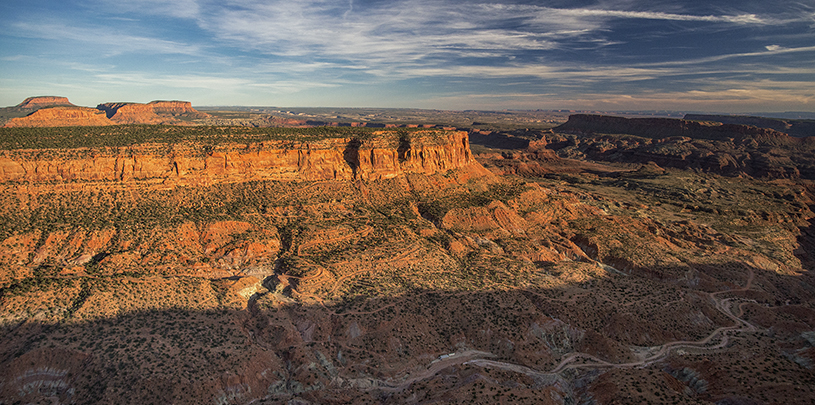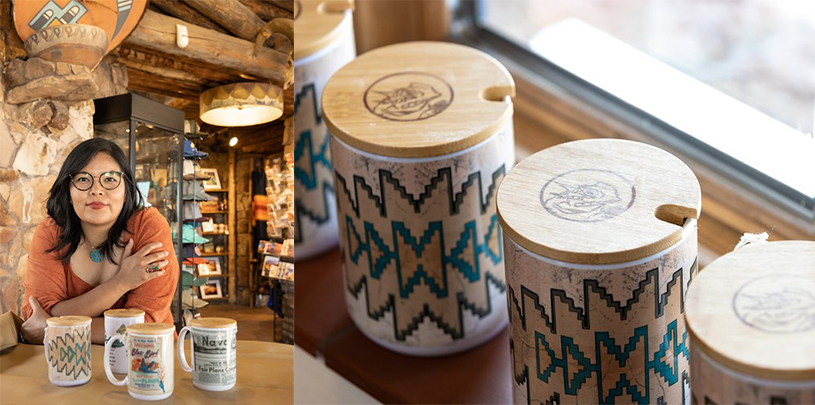
Every year, land managers make thousands of decisions that impact our public lands — decisions that matter to you, to our water resources, and to the bumblebees and countless other species with whom we share the Colorado Plateau. Maybe the decision is about whether to tear down pinyon and juniper on 50,000 acres, build a road into a remote spot, or make a new forest or national monument management plan. For many of these decisions, federal agencies, such as the U.S. Forest Service or Bureau of Land Management, announce a particular period — maybe two weeks, maybe two months — during which they invite the public (i.e., you) to send in comments.
You want to write to the agency, but what should you say? What kind of comment will make a difference? What if you feel like you don’t know enough to write a “good” comment?
Here are some suggestions from an inveterate comment writer:
Use your own words to maximize impact
Agencies pay much more attention to unique comments than form letters. Conservation organizations (like the Grand Canyon Trust) will often provide a list of talking points. Rather than copying them verbatim, pick out which points you feel particularly strongly about and tailor your comments based on your personal experiences and observations.
Describe your connection to the place at stake (no matter where you live, you have one)
Have you spent time on the public lands that would be affected by the decision? If so, describe what you’ve seen and how you think that place will be changed. Let them know if you’ve volunteered, visited, or worked on these public lands. Or perhaps you live far away from the public lands that will be affected. Remind the agency that these lands are national public lands and that it is wrong to sacrifice what belongs to the nation for the benefit of a few.
Identify what you think the agency’s decision should be, and why
Clearly state what you believe is the best feasible decision for the area, and why. If the agency’s proposal is a bad idea, describe the damage it would cause. Hold the agency accountable for taking care of the lands it manages.
Draw from past experiences
Have you seen outcomes from similar projects? If so, describe what you’ve noticed on the ground, including damage or benefits you’ve witnessed. If the agency is wearing rosy glasses about the outcome of its project or plan, explain why you don’t believe the benefits will live up to the claims.
Read what the agency is proposing
I know: the documents can be boring or maddening, but it’s really important that people dig into the agency’s plans and claims. In your comments, indicate exactly what you think is wise and/or foolish in the proposal. You may be able to point to important errors, lack of considerations, or missing information in its documents.
Never underestimate the power of a phone call
Is there something you don’t understand in the proposal? Phone the agency to ask questions as soon as possible (there is usually a contact listed in the proposal). You will almost always get a person who can address your questions. If any of the answers you get sound fishy, check with an organization like the Trust, or someone who is familiar with the issue, to see whether your skepticism is warranted.
Use data and statistics to support your claims
If you can, reference relevant research in your comments. Also include copies of or web links to scientific studies — so that you know the agency received the information.
Remember that you are writing to humans
Often, you’re writing to try to get an agency to change what it’s proposing. Change is hard for humans, and hard for agencies. No one reacts favorably to being told they’re horrible. Let the agency know if there are some good things in its proposal, and be as clear, calm, and factual as you can be. Appeal to land managers’ better instincts as you describe what needs to be improved in their plans.
Make your comments easy to read
If you’ve made a number of points, list them with bullets or numbers, and give them headings (as in this blog). Doing so not only makes your comments clear, but also means they must consider each point separately.
Save a copy of every comment you make
You want to keep a record of what you submitted. It could be important for future litigation if the agency’s final document ignores some important facts, issues, or scientific data you sent them.
Your comments can be short and meaningful
It’s far better for you to send a thoughtful comment even if it’s not as comprehensive as what you’d write if you had more time. Be proud of yourself for standing up for your public lands. Just do it.




